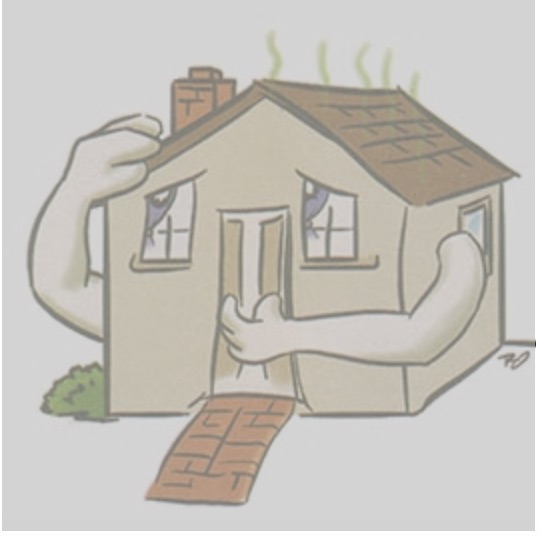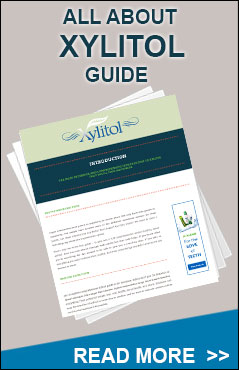Breathing Easy Indoors
By Jane Wooley.
Think pollution is all about filthy air outdoors? You’d be wrong. In recent years, more and more scientific evidence has shown that it’s actually the air inside our homes and buildings that are the most seriously polluted. Indeed, The Environmental Protection Agency claims indoor air pollution is among the top 5 environmental dangers we face. Given that most people spend about 90% of their time indoors, this is seriously worrying news.
The research clearly shows that indoor air contaminants and low humidity levels can cause serious health problems, particularly in children. We need to wake up to this danger and look at ways we can improve the quality of air indoors as well as keeping our nasal passages clear and healthy so they can protect us against toxins.
Why are airborne toxins so bad?
When toxins and other pollutants build up in the nose, they can irritate the sinuses, leading to infections in the sinuses, ears, and lungs as well as problems such as inflammation and swelling. If they aren’t washed away by our normal cleansing processes, they trigger the immune system and can lead to nasty allergies and even asthma. All these problems are worsened by low humidity levels indoors which prevents our normal cleaning from working effectively. Air conditioning and heating are major culprits here as they dry out the air resulting in humidity levels that are considerably lower than the 40-50% level we typically see outside and which is optimal for our health. Some of the toxins we breathe in regularly are really hard for the body to eliminate – the most obvious being cigarette smoke which contains tar and carcinogens in small enough particles that they can escape our filtering and cleaning processes and make it to the lungs where the defenses are less robust. Our noses do their best to get rid of these toxins, but it can be a struggle – especially if our nasal passageways are blocked and humidity is too low.
Open the windows
If the temperature outside is not that different flinging the windows open and allowing the air to circulate is a good start given that indoor air quality is so much worse than the air outside. Opening a window will help increase humidity levels and make a room feel less stuffy by lowering concentrations of toxic chemicals and carbon dioxide in the air. But so-called ‘sick building syndrome’ isn’t just about a build-up of CO2, it’s also caused by a build up of moisture and condensation which creates the ideal climate for mould and bacteria to grow on the filter pads that are supposed to clean the air – leading to eye, nose, throat and skin irritations.
Houseplants – good or bad?
When it comes to indoor plants there is a trade off between the positives and negatives. Those in favor of houseplants point out that many of them play a role in mopping up toxic agents found in indoor air such as benzene, trichlorethylene and formaldehyde. However, in reality houseplants can’t absorb all indoor pollution and they can, in themselves, trigger allergies for some people so the jury is somewhat out regarding their efficacy.
Stick to natural cleaning products
Clearly, a good first step is to avoid products, which give off toxic fumes and can cause allergies and respiratory problems. The vast majority of air fresheners, laundry products and soaps are full of synthetic fragrances, which give off harmful gasses; it’s very hard to avoid these chemicals and it doesn’t help that they are often not even listed on labels. In order to maintain good indoor air quality, it’s important to choose eco-friendly cleaning products and/or use natural alternatives (such as lemon and baking soda) whenever possible.
Get an air purifier
On the basis that it’s not always possible to rid your house or office of all pollutants, it may be worth considering buying an air cleaner; there are loads on the market ranging in sophistication and price. Be aware, however that some air purifiers are far more effective at particle removal than others. It’s also worth mentioning that air cleaners aren’t usually designed to eliminate gaseous pollutants. Air purifiers also rely on powerful filters to clean the air, and run the risk of being the problem when those filters are not changed regularly.
Keep a tidy house
Housework isn’t everyone’s idea of fun, but a clean house is definitely a healthier one as it ensures less in the way of dust and animal dander (tiny skin flakes – like dandruff). Ideally you should vacuum carpets and rugs once or twice a week with a good quality machine equipped with a HEPA filter. It may be easier to go for hard-surface flooring instead of wall-to-wall carpeting. Bedding and curtains need regular attention too as they tend to attract allergens, especially if there are pets about.
All these things help keep the air healthy, but the nose is often the problem.
As indicated our noses don’t work right when the humidity is low. Opening the windows is not practical during cold season when it’s cold outside and the heat is on. But adding xylitol to you nose pulls water into it from the body so that our defenses can continue to work effectively. More information about how xylitol works to do this is here.
If you want to know why respiratory problems have been increasing since the mid 1960s the best answer is here.




